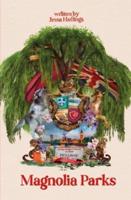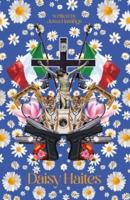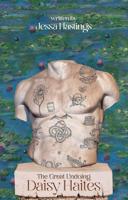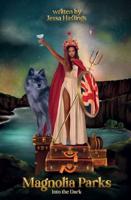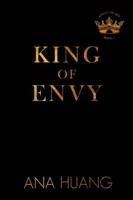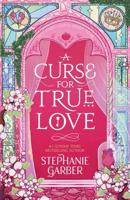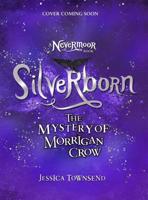Publisher's Synopsis
This historic book may have numerous typos and missing text. Purchasers can usually download a free scanned copy of the original book (without typos) from the publisher. Not indexed. Not illustrated. 1892 edition. Excerpt: ... CHAPTER IV. WARNING COLORATION. In the preceding chapter attention has been directed to numerous instances of colour and arrangement of colour which appear to have the result of rendering the animal similar to its surroundings. The colours known as '" warning" have a precisely opposite tendency--viz., to render their possessor conspicuous. As the explanation of warning colours was first devised by Mr. Wallace to account for the brilliancy in the tints of certain caterpillars, and as the whole subject has been principally studied by experiments upon these animals, we shall commence here, and afterwards pass on to other groups. The Magpie Moth Caterpillar as an Instance of Warning Colours. One of the most abundant caterpillars in any garden is that of the "Magpie" moth (Abraxas grossulariata); it belongs to the Geometers, but has not the habit, which most of its allies have, of remaining during the day stretched out rigidly from a twig. Nor does it approximate in colour, as do nearly all other Geometers, to the plants upon which it feeds. The colour of the Magpie caterpillar is white, with black stripes and dots, and some reddish marks below. Mr. Jenuer Weir, Mr. A. G. Butler, and Mr. Poultou, found that several birds, lizards, frogs and spiders, almost invariably refused to touch this caterpillar when offered to them; occasionally it was tasted by the tree frog, and once "chewed for some time," but finally rejected, by a hungry Lacerta, muralis. Mr. Weir once found that a specimen was eaten by Lacerta viridis. Some experiments made by myself at the Zoological Gardens partly confirm and partly contradict the conclusion to which the above observations appear to point--viz., that the larva is regarded by birds as inedible. Several..."

